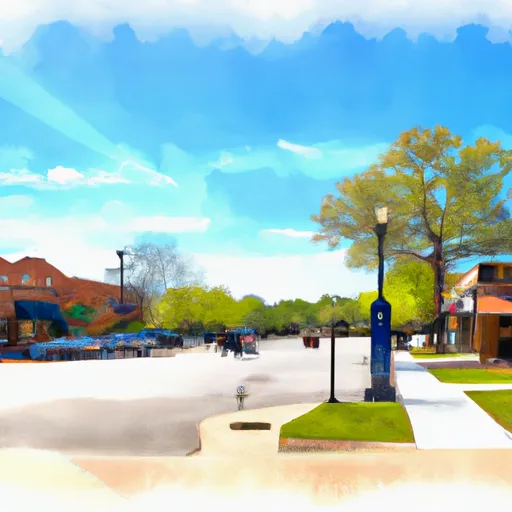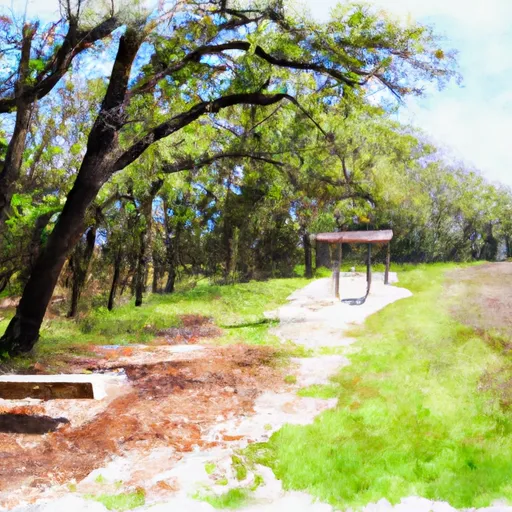°F
°F
mph
Windspeed
%
Humidity











Markham, Texas is a small town located in Matagorda County on the Gulf Coast. The climate in Markham is warm and humid, typical of coastal regions. Summers are hot with temperatures often exceeding 90 degrees Fahrenheit, while winters are mild with temperatures rarely dropping below freezing. The area is prone to occasional heavy rainfall and hurricanes due to its proximity to the Gulf of Mexico.
As for hydrology constituents, Markham is surrounded by several water bodies, including the Tres Palacios River and the Matagorda Bay. These water sources offer various outdoor recreational opportunities such as fishing, boating, and kayaking.
Outdoor recreation in Markham is abundant, with opportunities for hunting, birdwatching, and hiking in the nearby marshes and nature reserves. The town is also close to the Matagorda Island Wildlife Management Area, a popular spot for camping, beachcombing, and observing wildlife.
In conclusion, Markham, Texas boasts a warm and humid climate, surrounded by water bodies such as the Tres Palacios River and Matagorda Bay. These hydrology constituents provide opportunities for various outdoor activities such as fishing and boating. The town's proximity to nature reserves and the Matagorda Island Wildlife Management Area offers additional options for outdoor recreation including hunting, birdwatching, and hiking.
Weather Forecast
Markham receives approximately 1204mm of rain per year, with humidity levels near 90% and air temperatures averaging around 21°C. Markham has a plant hardyness factor of 9, meaning plants and agriculture in this region tend to thrive here all year round.
Regional Streamflow Levels
0
Cubic Feet Per Second
1
Cubic Feet Per Second
0
Cubic Feet Per Second
420
Cubic Feet Per Second
Nearby Camping
| Camping Area | Reservations | Toilets | Showers |
|---|---|---|---|
| Navasota RV Park | |||
| Carl Park | |||
| Oyster Lake County Park Dispersed | |||
| Hollywood Bottom Park | |||
| Riverside Park - Bay City | |||
| FM 521 River Park |



